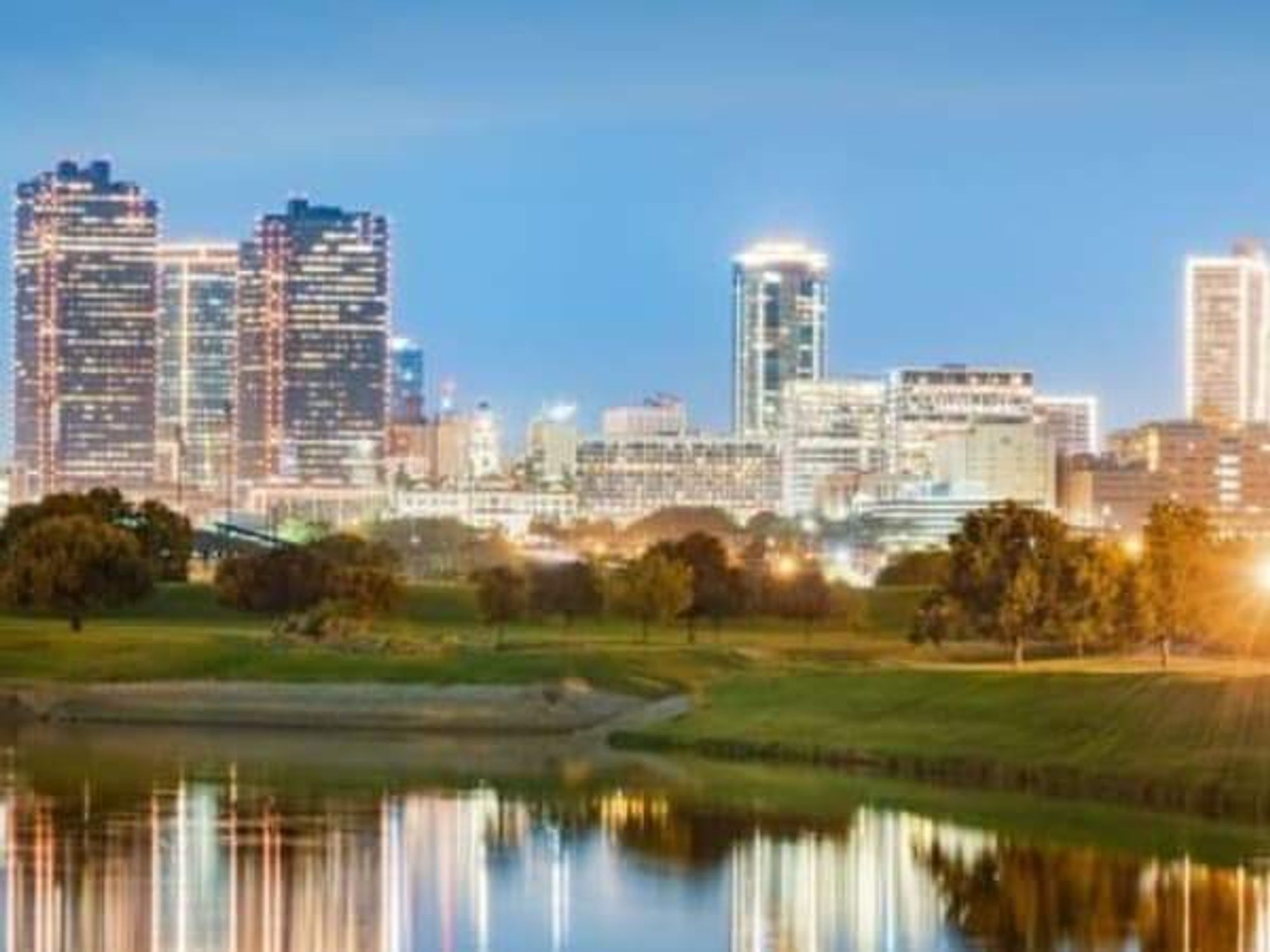Weighed down by affordability
Dallas-Fort Worth no longer a top-25 place to live, declares U.S. News & World Report

Dallas-Fort Worth has tumbled out of the top 25 on U.S. News & World Report’s closely watched annual list of the best places to live in the U.S.
U.S. News' 2021 Best Places to Live ranking, released July 13, puts DFW at No. 37 among the country’s biggest metro areas. That's 13 spots lower than the area’s No. 24 ranking in 2020, and well below its rankings in 2019 (No. 21), 2018 (No. 18), and 2017 (No. 15).
What's going on here?
For the 2021 ranking, U.S. News & World Report crunched data for the country’s 150 biggest metro areas. It's worth nothing that in previous years, they'd looked at the 125 biggest metro areas. The data in 2021 encompasses affordability, job prospects, desirability, quality of life, and migration patterns.
“This year we’re looking at how the most populous metro areas in the U.S. fared for much of the coronavirus pandemic, and seeing how far they’ll need to come to recover,” says Devon Thorsby, U.S. News real estate editor, in a release. “It shouldn’t be a surprise that many metro areas that saw unemployment levels skyrocket in 2020 fell in the rankings, but those with greater employment stability tended to fare well.”
Still, U.S. News lauds the Metroplex — which ranks No. 17 in their subcategory of Best Places to Retire — for "offering both big-city excitement and quiet, suburban living."
"The Dallas-Fort Worth metro area has an interesting mix of Texas pride and cosmopolitan offerings," the report says. "The cowboy life still exists in Fort Worth, while Dallasites love the trendy local bars and numerous retail shops. And no matter which part of the Metroplex they call home, sports fans rally together behind their professional sports teams."
DFW also has the "small-town feel of Friday night football games and backyard parties" in its suburbs, the report adds.
"In those areas, residents can bump into their friends at the local Tex-Mex restaurant, children ride their bikes, and joggers hit the pavement for evening runs," the site says. "But even in DFW proper, many people exude that Texas friendliness with a wave or a 'hello' to strangers."
(That's actually the exact description of DFW that CultureMap quoted from the report in 2019; to be fair, maybe the the Dallas writer hasn't left her house since 2019.)
DFW wasn't the only place to fall hard. Every large city in Texas tumbled down the list this year:
Houston, ranked No. 39 in 2021, was No. 27 last year.
San Antonio, ranked No. 75 in 2021, was No. 41 last year.
Even buzzy Austin came in at just No. 5 this year, two spots lower than the area’s No. 3 ranking in 2020, and four spots below its first-place showings in 2017, 2018, and 2019.
“Housing affordability is always of great concern, but as people solidify their plans to work remotely, struggle to find a house in a hot housing market or consider a cross-country move, a low cost of living is even more important,” Thorsby says.
Who comes out on top in 2021? Boulder, Colorado, appears at No. 1 on this year’s list, followed by Raleigh-Durham, North Carolina, at No. 2; Huntsville, Alabama, at No. 3; and Fayetteville, Arkansas, at No. 4.
No other Texas metro area besides Austin showed up in the top 25 of this year’s ranking. Elsewhere in the state, Killeen-Temple landed at No. 114, Beaumont-Port Arthur at No. 124, Corpus Christi at No. 129, El Paso at No. 131, McAllen at No. 139, and Brownsville at No. 140.
